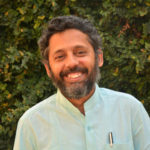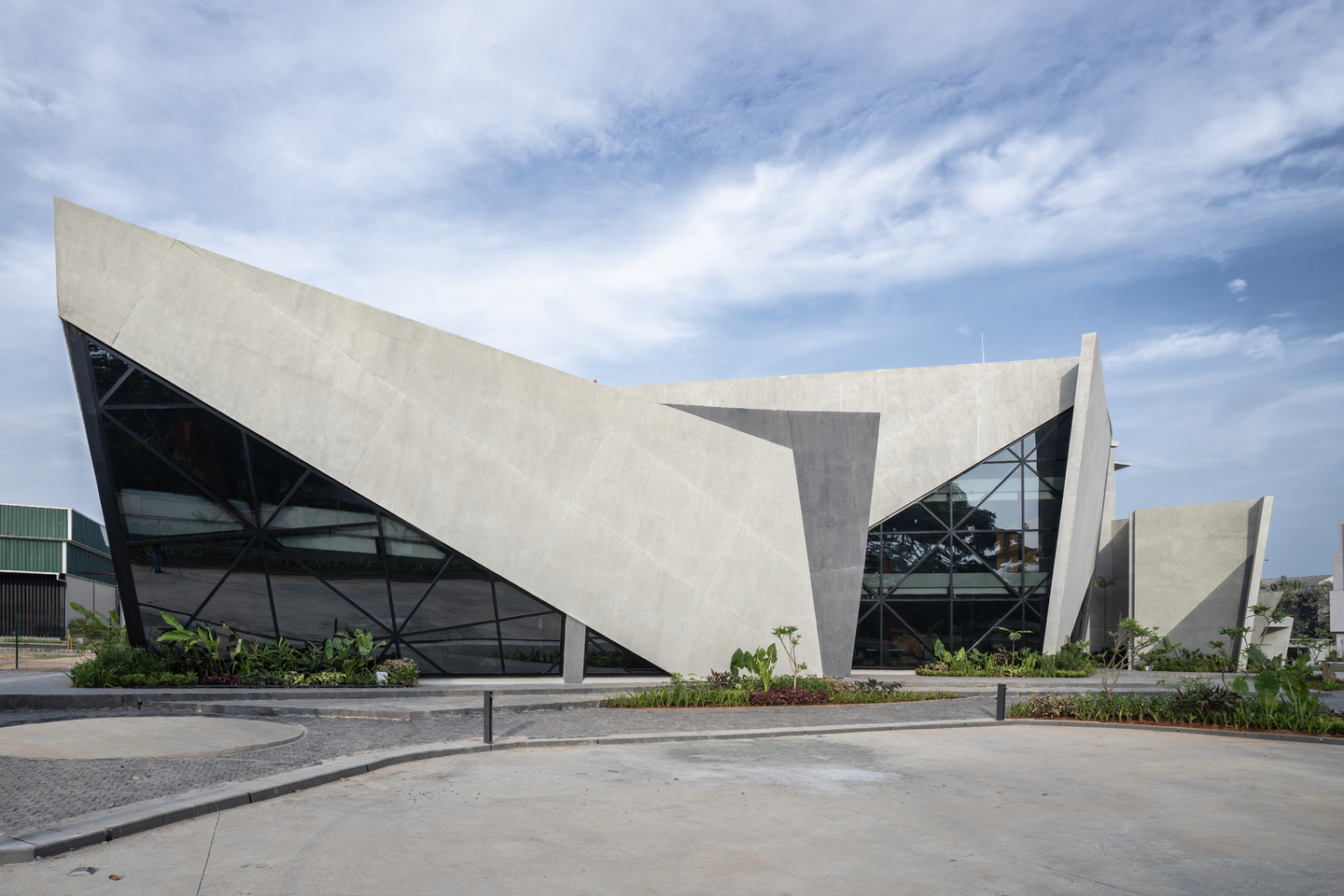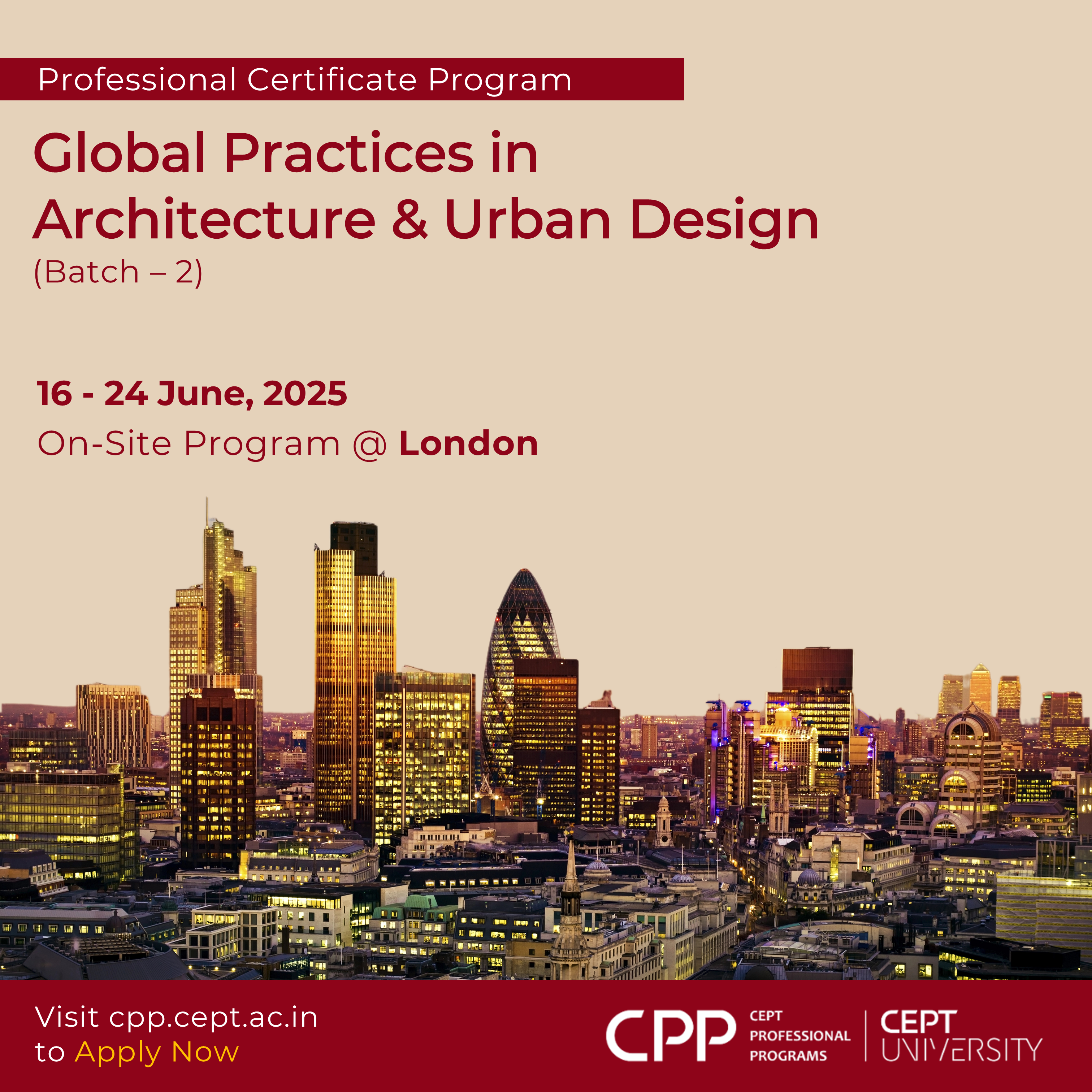Article edited by: Anupriya Saraswat
We continue our discussion about Photoshopped Architecture and attempt to decode artistic ethos and create a dialogue that ponders its implications.
Himanshu Burte, however, deconstructs the premise and addresses the heart of architectural aspirations instead, mapping out the factors that lead us to design the way we do, and how that affects the imagery that is consequently produced.
“From the beginning of modernism, architecture has always wanted to be operating in a conceptual space, has wished for a world in which you can build where the concept of gravity, the concerns of weight and material do not apply.” he tells us, “You always want to transcend the complications of this messy world, to create and inhabit an alternative abstract world… That is why our buildings are usually photographed without people; we want our buildings to look as if no human hand has produced them.”
“We want none of the complications of the real world, including people.”
Burte’s stance succinctly explains how this desire to portray a design in ideological terms – how it was conceived as opposed to how it appears upon being built – reflects a marked disconnect from the quintessential dependence of architecture on its context. The sterile appearance of our buildings (whether in pre-construction visualizations, or in post-construction shots) is symptomatic of our desire to create buildings that are unaffected by practical limitations of execution.

The impulse to photo-manipulate – regardless of the methods or intent – hence become a consequence of our desire to stay true to our own artistic vision.
“It becomes very easy to justify your actions,” he says, “Because we value the design, not the actual construction. In construction – sometimes it’s well built, sometimes it’s not, but the design is what we are really more interested in… through photography, you can at least portray it as if it is a pure abstraction – in which case you also want to improve how it looks, because you’re thinking, ‘let me show it as I Imagined it.’”
Given that architectural photography often plays the role of documenter, and those in the profession are subject to the demands of the market and the client, it is important that we acknowledge that much of the responsibility for the propagation of deceptive imagery lies with our own wilful disregard for the messiness of the real world.
However, Burte insists on a fair assessment of the situation, and also takes into consideration the drawbacks of the photographic medium “I shoot buildings in a realistic manner – I never shoot a space from the floor or from some corner to make it look better in the photograph; I capture it at eye level, or how most of the people will see it. But paraphrasing Ansel Adams, ultimately photographs are made. A photographic lens is not like our eye lens, so a photograph is never true, it doesn’t show you the building exactly as we see it. If you take the photograph of a room, you’ll make the room look broader, bigger, and deeper in length without intending to. That’s just the way the lens does it, so no lens is true anyway. Thus, while we should not be actively ‘lying’ through our photographs – and it’s a big problem to start removing buildings – we should also be conscious that any photograph is an aberration.”
Burte further comments on how this reliance upon photography as the primary – and often, even singular – mode of architectural representation is problematic. “As an architect, when I have designed a building, there’s always been some element of surprise in seeing it after being built. I can never fully imagine it before it exists, so no mode of representation is enough – we have to try multiple methods and construct the whole out of it. Even when you have the plans, sections and elevations, none of them on their own represent a building completely as an object – you have to construct the building as a totality in your mind.”
“In the same way,” he adds, “you have to accept that representations are always partial and they need to be interpreted, and the interpretation will always differ from person to person. Whether it’s via broadcasting, publishing, photography or drawing – the interpretations will never be uniform.”

However, Burte insists upon negotiating ‘objectivity’ in this quest for ethics,
“I think we want to have some certainty, we want to have rules – but the fact remains that no such hard and fast rule can exist. The rules depend on what your objective is, so the real question is – what is the objective, and what limits would you draw for each objective? If my objective is to communicate what my building is – the physical fact of it – then obviously I should not edit anything out, not even the hanging wires in the foreground. If, however, your objective is to communicate the design intention as it is realized in the building, the rules change… Hence, the objectives are always there, and are relative – you can’t have a standard rule for all purposes.”
It’s a premise which holds true, especially given that artistic expression by its very nature cannot be generalized and subjected to blanket judgements, and hence no rigid framework of guidelines can be formulated to maintain and promote integrity in practice, despite the purity of intention.
“On the other hand, if you are objectively lying about the physical facts of the building by editing out actual parts of it, you might as well invent something else (like a large cut-out on the front façade) which isn’t actually there! That would breach the limits of what is acceptable as faithful documentation”.
“Somebody could make an argument that we must not interfere with the communication of the design intention’, Burte concludes on a thoughtful note, ‘but then one needs to be conscious that this is what one is prioritizing, and also conscious that when you do this, you lose something else. You need to be able to justify what is lost, and what is added, in terms of fact or meaning.”
“We can’t have one single rule for all situations – but you must always have the awareness of how your rules correspond to your objective, and what the implications of these objectives are.”
 Himanshu Burte has practiced architecture in Mumbai and Goa, and written extensively in the popular, specialist and academic press on the poetics and politics of the built environment since 1990. His book, Space for Engagement: The Indian Artplace and a Habitational Approach to Architecture (Seagull Books, Kolkata, 2008), proposes an alternative theoretical framework for architecture, centred on the act of dwelling. He has also co-initiated a national network of architects practicing sustainably, called Gubbi Alliance for Sustainable Habitats. A former Fulbright Fellow, he is currently teaching at School of Habitat Studies, Tata Institute of Social Sciences (TISS), Mumbai.
Himanshu Burte has practiced architecture in Mumbai and Goa, and written extensively in the popular, specialist and academic press on the poetics and politics of the built environment since 1990. His book, Space for Engagement: The Indian Artplace and a Habitational Approach to Architecture (Seagull Books, Kolkata, 2008), proposes an alternative theoretical framework for architecture, centred on the act of dwelling. He has also co-initiated a national network of architects practicing sustainably, called Gubbi Alliance for Sustainable Habitats. A former Fulbright Fellow, he is currently teaching at School of Habitat Studies, Tata Institute of Social Sciences (TISS), Mumbai.






